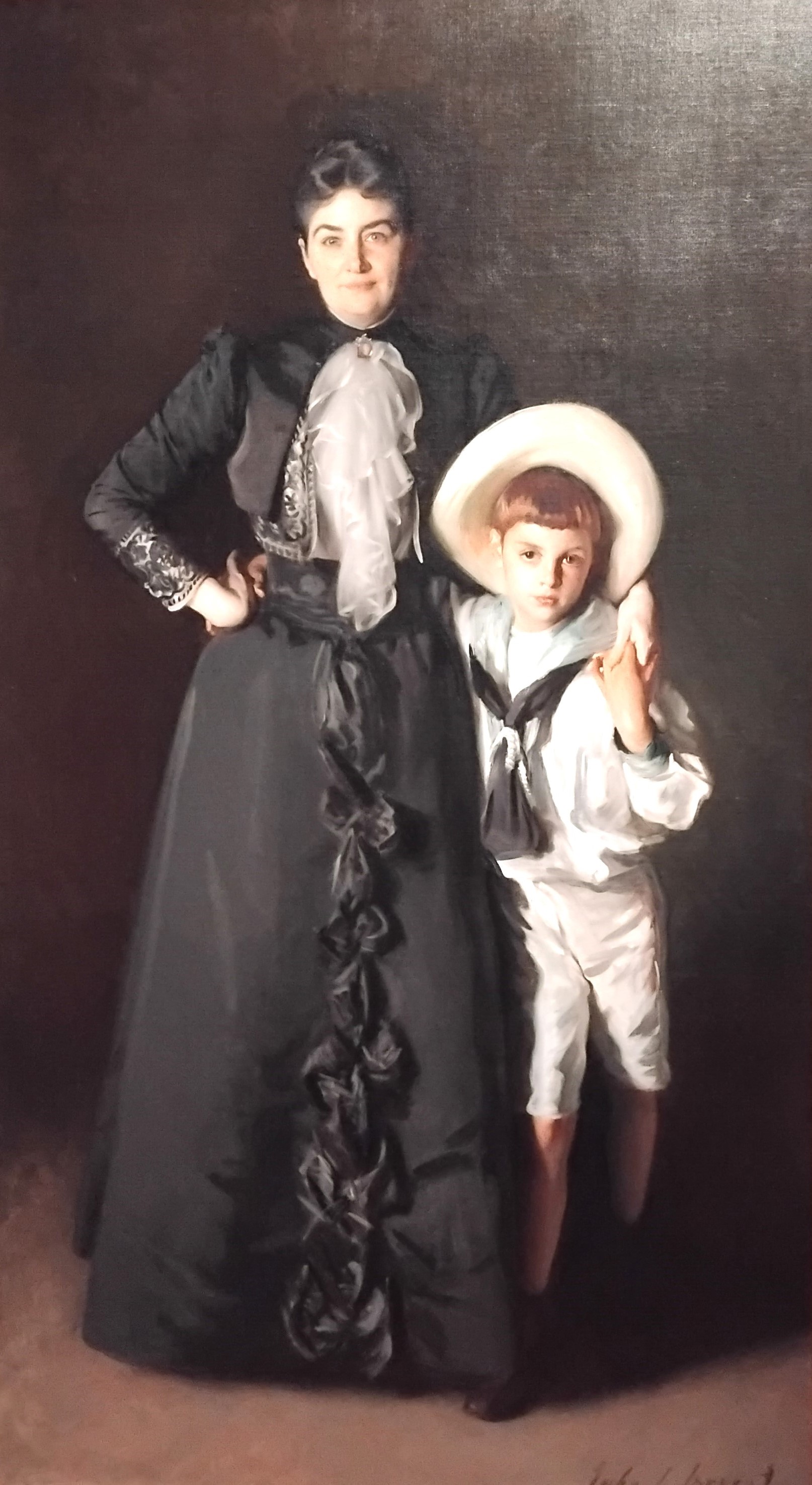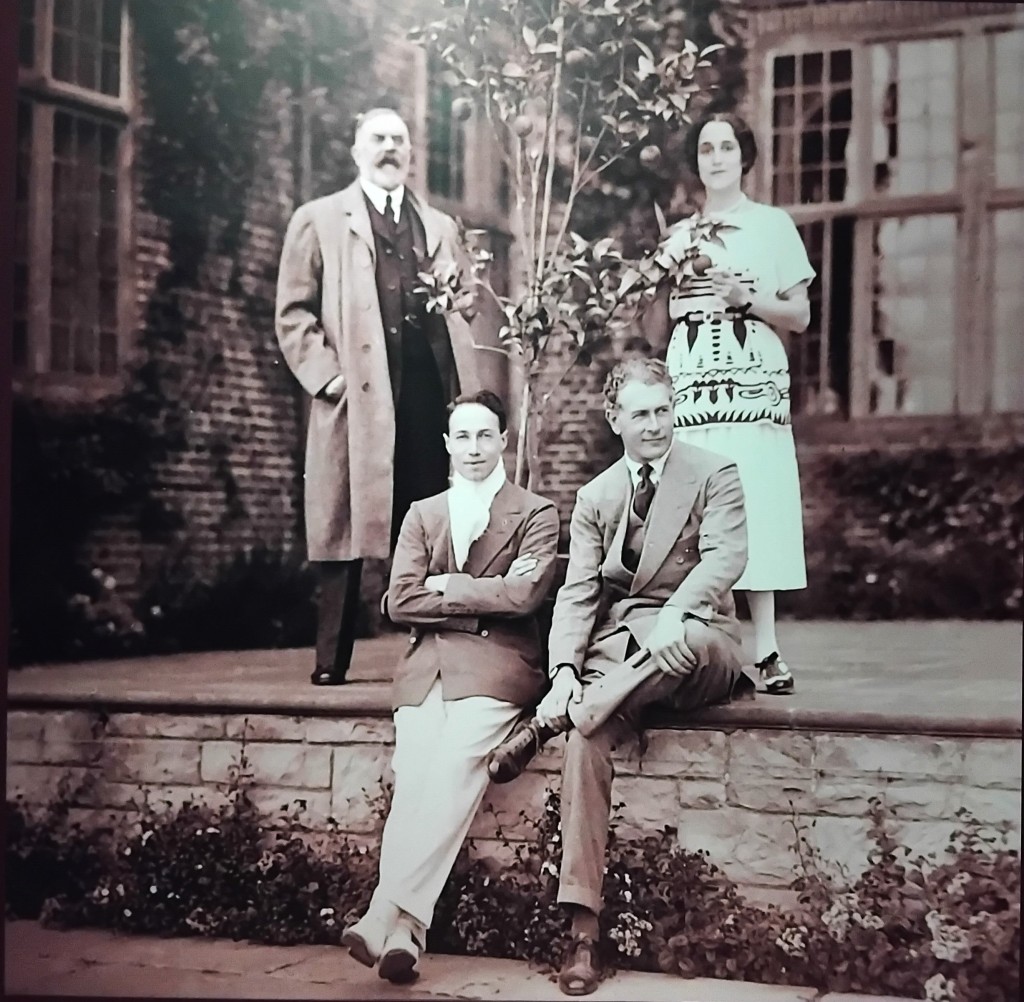
In my opinion, the best portraits are the ones that enable me to mentally enter the sitter’s world and imagine their thoughts and feelings.
Recently, I attended the John Singer Sargent exhibition, “Sargent and Fashion,” held at the Tate Britain Gallery in London. I was already familiar with some of the artist’s work, especially his striking portrait of “Lady Agnew of Lochnaw” (1892). Another favourite is “Carnation, Lily, Lily, Rose,” painted between 1885 and 1886, inspired by a boating expedition Sargent took on the Thames at Pangbourne with the American artist Edwin Austin Abbey, during which he saw Chinese lanterns hanging among trees and lilies.

However, I admit that my knowledge of the artist was limited. The son of an American doctor, Sargent was born in Florence in 1856 and went on to study painting in Italy and France. Apparently, his painting of Madame Gautreau in 1884 caused a major sensation at the Paris Salon. Exhibited as Madame X, people complained that the painting was provocatively erotic. The scandal damaged his reputation and persuaded Sargent to move to England, and over the next few years, he established himself as the country’s leading portrait painter, portraying Edwardian-era luxury. In total, he created approximately 900 oil paintings and over 2,000 watercolours, as well as innumerable sketches and charcoal drawings.




In viewing Sargent’s incredible breadth of work and the sumptuous gowns and dazzling jewellery showcased and portrayed in his work, I also learned that, apart from painting the rich and famous, Sargent ultimately became a war artist. Depicting the harsh realities of World War I, one of his most notable works is “Gassed,” 1919. This painting was commissioned by the government’s British War Memorials Committee (BWMC) as the centrepiece of a newly imagined national memorial to the unprecedented experience and loss of the First World War.
Towards the end of the exhibition, there is a delightful group photograph on display, entitled “Sargent and Friends at Port Lympne, August 1920,” as shown below. Clockwise from top left: John Singer Sargent, Sybil Sassoon, George Haratio Charles, 5th Marquess of Cholomondeley and Phillip Sassoon. Image courtesy of Houghton Hall.

The “Sargent and Fashion” exhibition at Tate Britain is on until July 7, 2024.
It feels appropriate to include the words from Christina Rosetti’s poem
“In an Artist’s Studio.”
One face looks out from all his canvases,
One self-same figure sits or walks or leans:
We found her hidden just behind those screens,
That mirror gave back all her loveliness.
A queen in opal or in ruby dress,
A nameless girl in freshest summer-greens,
A saint, an angel — every canvas means
The same one meaning, neither more or less.
He feeds upon her face by day and night,
And she with true kind eyes looks back on him,
Fair as the moon and joyful as the light:
Not wan with waiting, not with sorrow dim;
Not as she is, but was when hope shone bright;
Not as she is, but as she fills his dream.
Dear Sarah, I should dearly have loved to get to the exhibition as I have always admired his work but doubt it will be possible. You have brought it to me. Thank you, Love MaryX
LikeLike
Dear Mary I hope you are keeping well, Many thanks for your kind comments. The Sargent exhibition was superb. The elaborate silk/brocade dresses and jewellery on display were also wonderful. Regrettably, I didn’t get to take a good enough photo of his painting of the actress Ellen Terry (1889) posing in the role of Lady Macbeth, was accompanied by the medieval green Beetle Wing dress she wore, which was on display in a glass cabinet. Much love Sarah x
LikeLike
Yes, I/d forgotten about Ellen Terry X
LikeLike